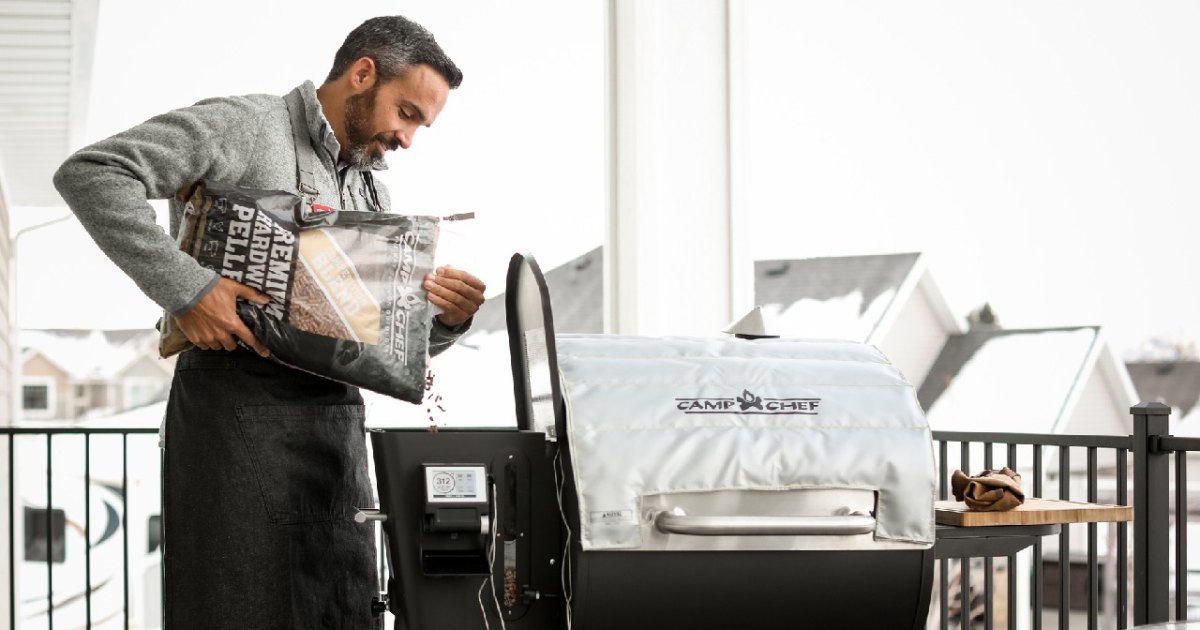No products in the cart.
Fitness Tips
Best Pellet Grills for Perennial Pitmasters
Dedicated barbecuers don’t take breaks from feeding the fire with mounds of meat just because the weather gets a little cold. But that whipping winter wind, freezing rain, and snow can take its toll—wreaking havoc on essential cooking temps when using propane or charcoal cookers. The answer? Pellet grills. These winter workhorses are easily the most reliable and user-friendly option for grilling and smoking during the chillier months.
“I absolutely love my pellet grill for the winter,” says grilling guru Tim van Doren. “You can just run outside, turn it on, set the temp and run back in where it’s warm—no babysitting required. As long as you have pellets in the hopper, you’re good to go.”
Unlike its distant propane and charcoal cousins, a pellet grill uses electricity to turn a feeder device that adds compressed wood pellets to the fire box at a steady rate. With no direct flame for cooking, it behaves more like a smoky oven than a traditional flame-broiled grill you need to hover over in colder temps—while adding fuel or adjusting gas levels to keep it more or less stable (until you open the lid and have to start all over again). While charcoal or propane grills are much more vulnerable to winter drafts, a pellet grill’s fire is tucked deep inside a little metal box in the bottom of the grill, shielding it from wind and fluctuating temps.
“The pellet grill’s electronics adjust the rate the pellets are fed into the fire to keep the internal temperature constant,” explains van Doren. “With propane, I have a hard time keeping it hot during the winter. If the wind’s blowing, it can be tough just keeping the fire lit—all while burning through more fuel.”
Pellet Grill Pro Tips
In colder climates, pellet grills will benefit greatly from throwing on an insulating blanket. These weather-resistant covers, usually made with a fiberglass fill, can slow down pellet consumption in extreme temps and make the whole preheating process (a must with a pellet grill) more efficient.
In wet or snowy conditions, you’ll also want to ensure moisture doesn’t get into the pellet hopper and ruin whatever pellets are stored there. A waterproof cover that you put back on after every cook (or before a wet-weather forecast) is essential. Moist pellets swell up, lose their rigid structure, and crumble into a damp mess that won’t properly fire up. If left to dry in the feeder, they’ll turn into a hard mass that’ll require some disassembly to clean out properly.
For the best year-round grilling and smoking, no matter what the mercury reads, here are the best pellet grills to keep you cooking through winter.
For access to exclusive gear videos, celebrity interviews, and more, subscribe on YouTube!

